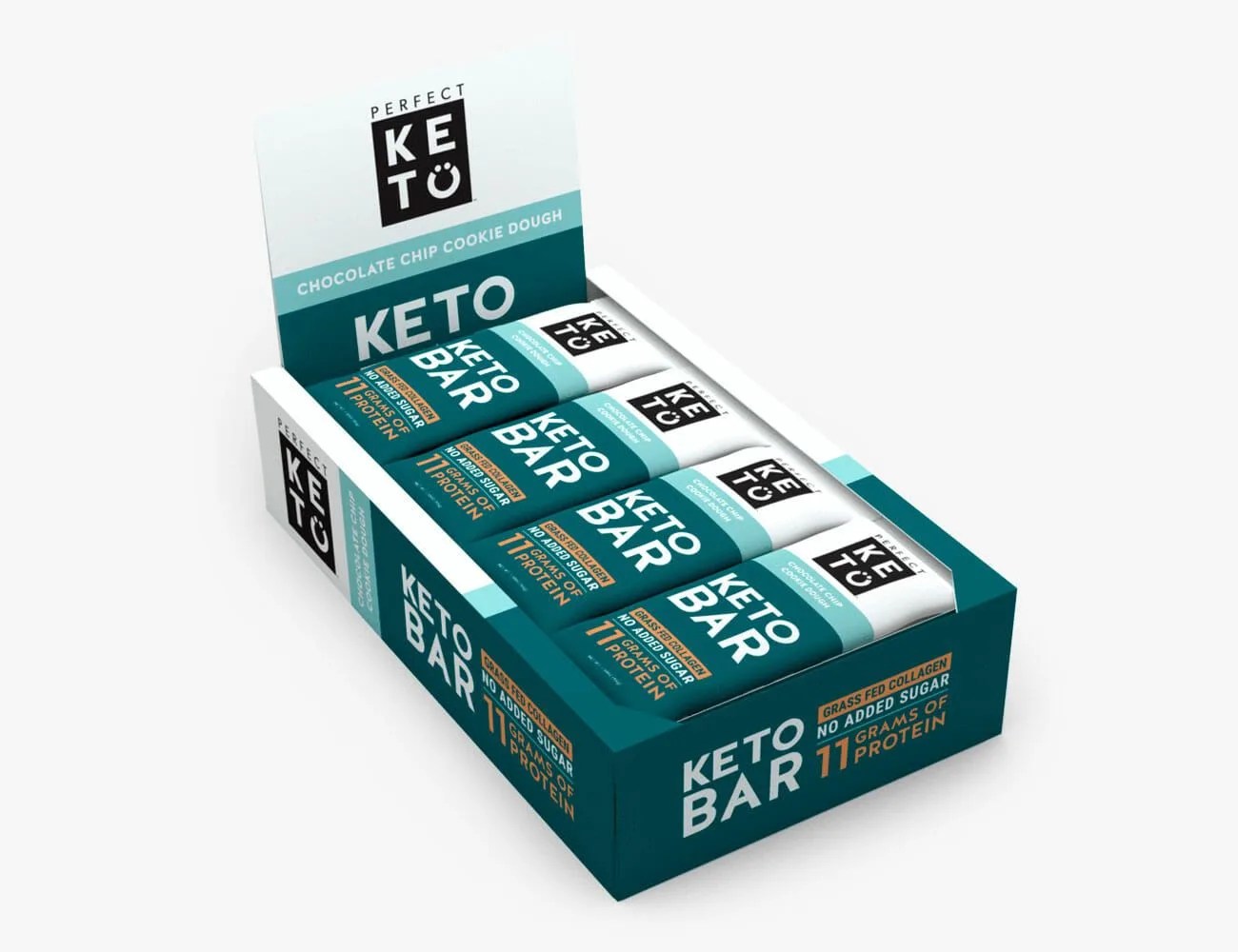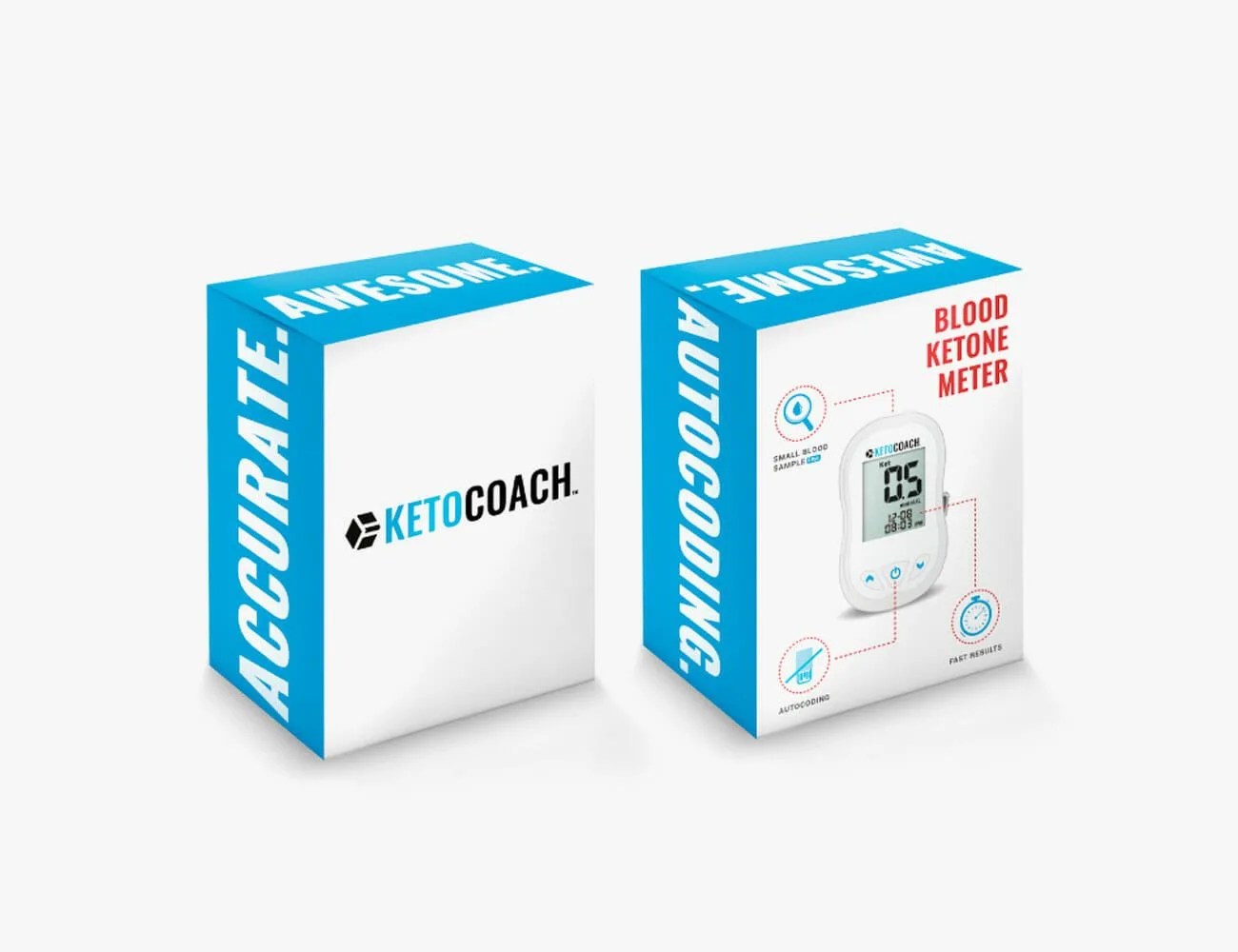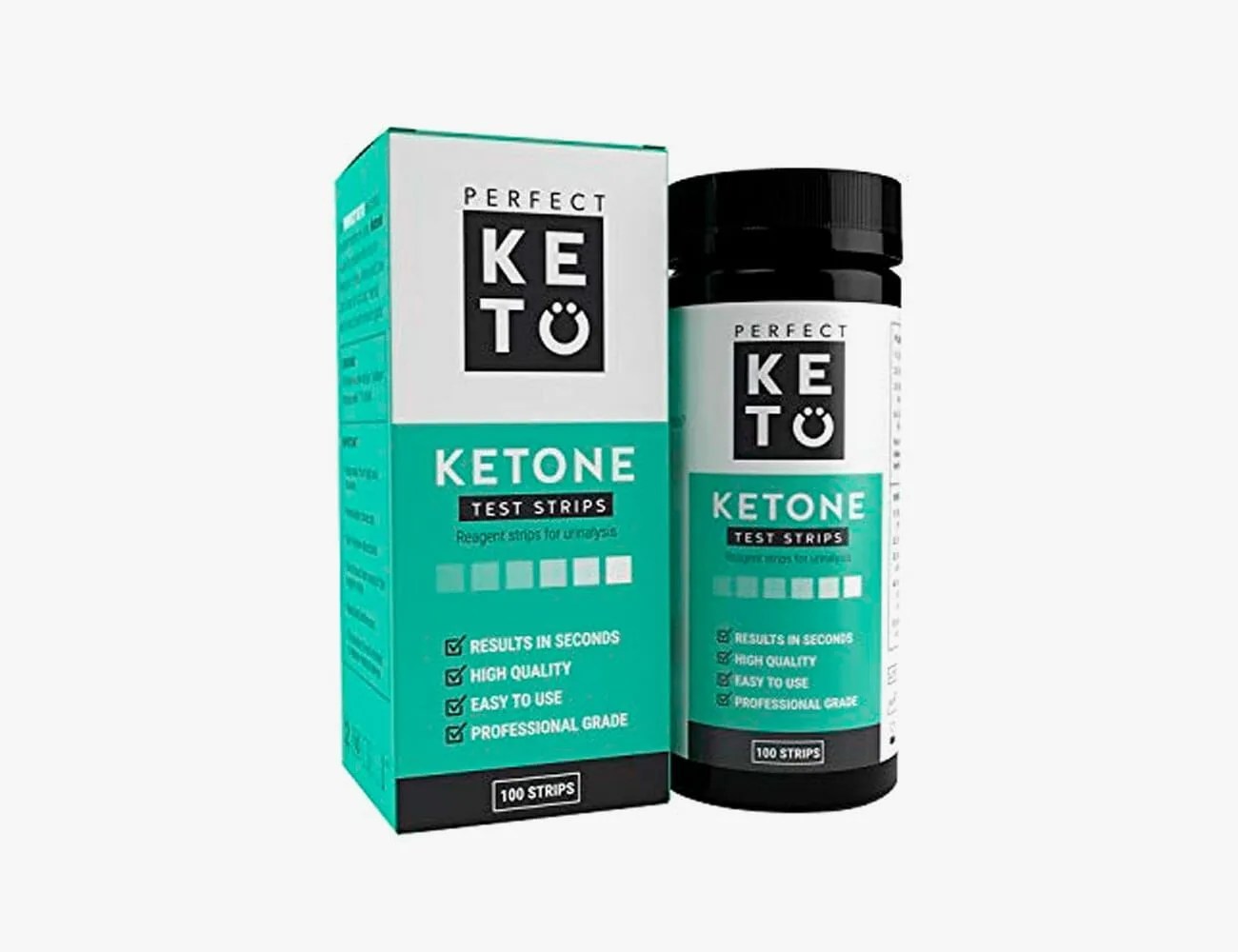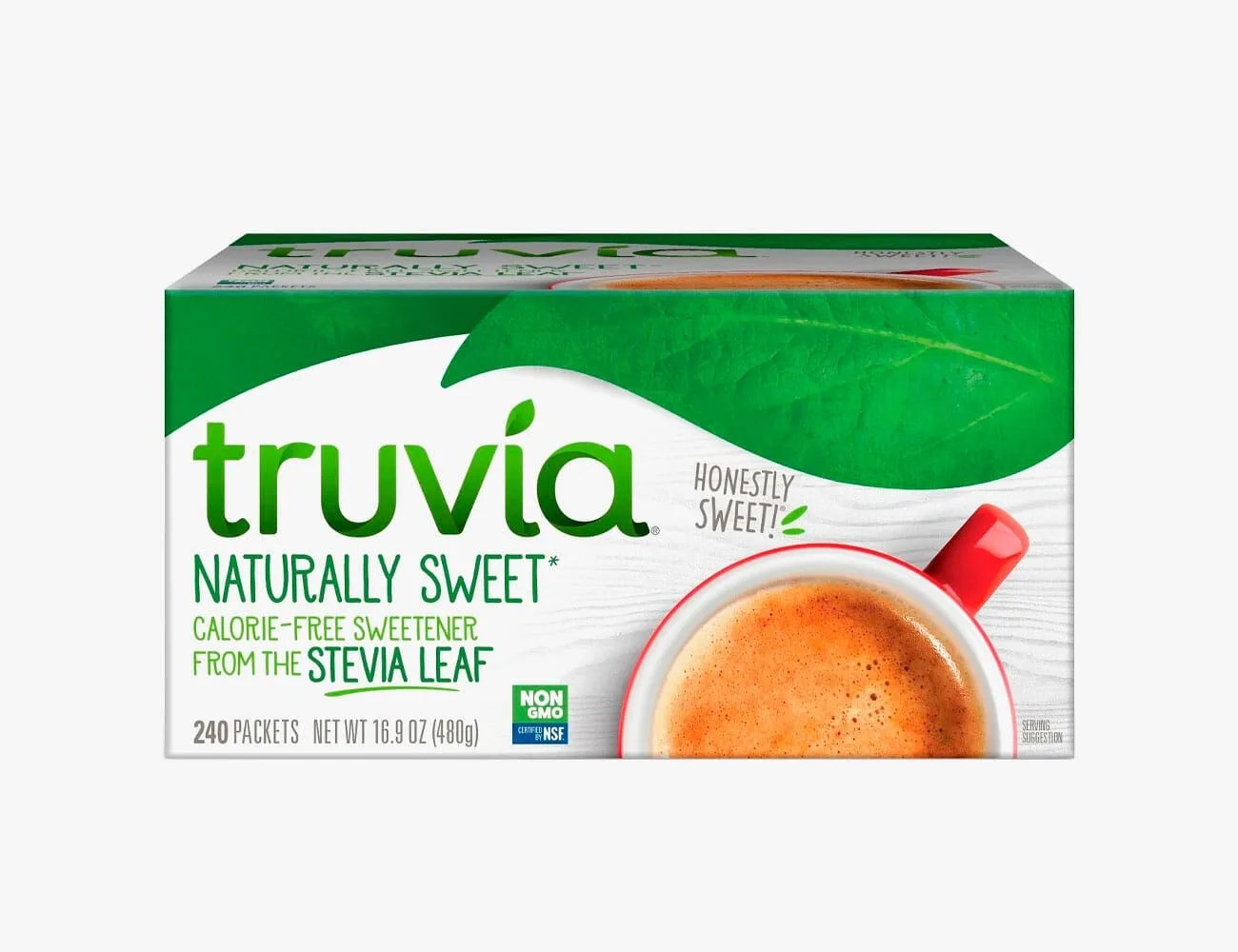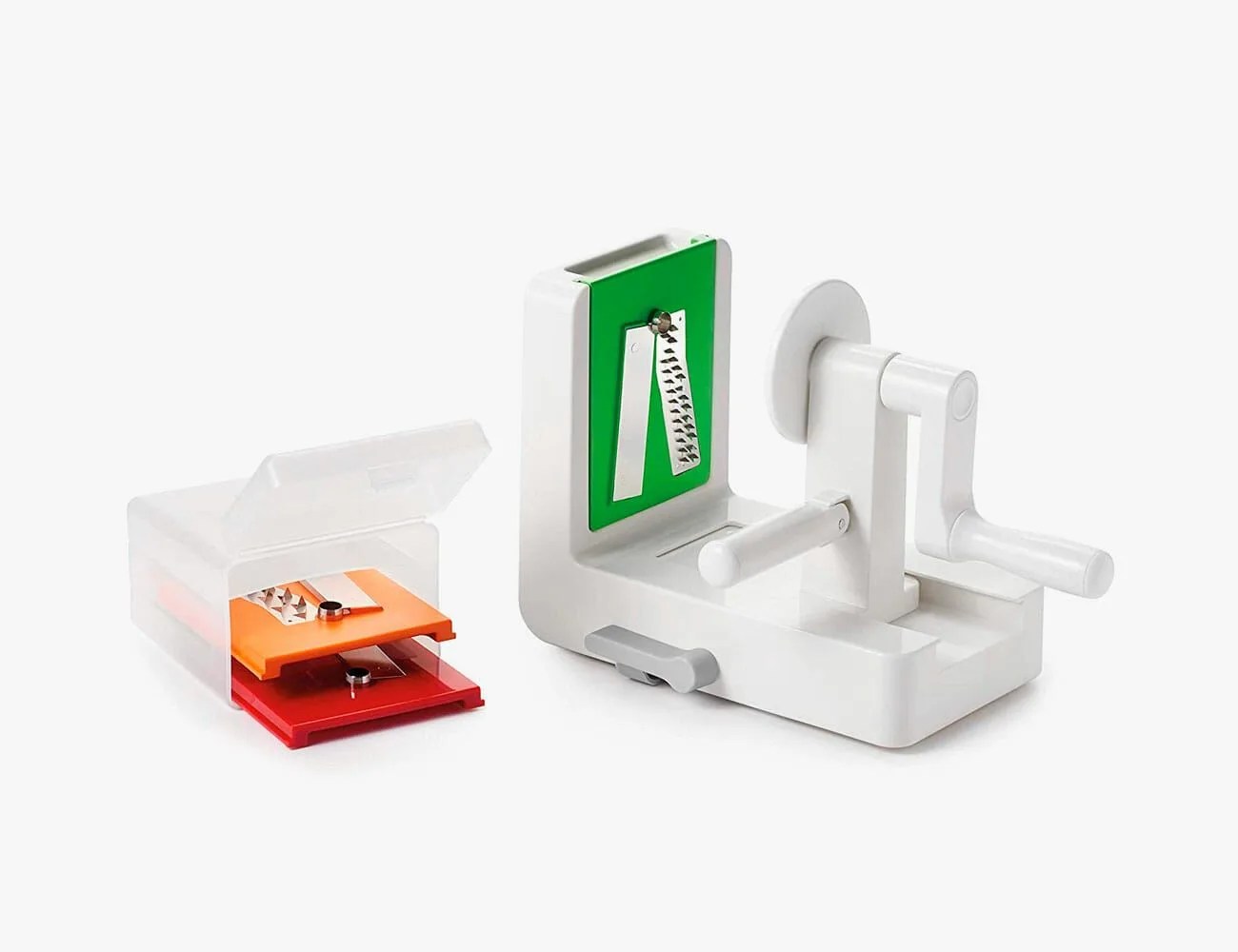If you’ve read the news lately, you’ve likely seen the spike in coverage on the keto diet. It’s become popular among endurance athletes as a way to change how their body creates energy, and it’s picked up speed in gyms across the country. Alicia Vikander used it to prepare for the Tomb Raider movie that came out early last year, Lebron James dabbled with it as a challenge, and other athletes including ultra runner Timothy Olson have turned to keto to make themselves faster and stronger during moderate levels of exercise, such as walking, swimming or hiking.
To start, you slash your carbohydrate intake and make fats the bulk of your daily calories, with the goal of putting your body into ketosis and keeping it there. When your body doesn’t have enough glucose from carbs (pasta, bread, etc.) to burn to create energy, it burns stored fat (from coconut oil, MCT oil, etc.) instead. The result is a build-up of acids called ketones, plus the stuff that makes keto popular: weight loss and (eventually) longer sustained energy.
“One of the best ways to ensure you stay in ketosis is to follow the diet macros closely — 80-plus percent fat, 1 gram per kilogram of body weight in protein and no more than 60 grams of low-glycemic carbohydrates (think green leafy veggies, nuts or seeds and some berries),” says Seattle-based Ginger Hultin, RD, Spokesperson for the Academy of Nutrition and Dietetics. You’re mostly eating avocado, nuts, seeds, beef, poultry and fish.
Of course, changing your fuel source can impact your workouts, because you need carbs for performance, strength and recovery. “Men who do intense HIIT and CrossFit-style workouts find that a higher carbohydrate range builds muscle and provides energy for workouts,” notes Hultin. Enter the Targeted Keto Diet: timing your carb intake so you’re eating just before, during or after a workout — in the proper doses, of course. You can cycle in more carbs on training days, adding in 25 grams around your training, says Dr. Ryan Lowery, co-founder of The Applied Science and Performance Institute and author of The Ketogenic Bible.
Keto is particularly beneficial for athletes in long-distance running, contact sports where brain injury is more common, and during the off-season. Lowery recommends not doing keto in season, as it’s hard to get your body to adjust.
As you might imagine, it’s a pretty restrictive diet, so you’ll need to make sure you have the right set of tools to make it work for you. Here’s what you need to get started.
Disclaimer: Please note that Gear Patrol is not providing medical advice, diagnosis or treatment. All the information below is not intended as a substitute for medical advice. We highly recommend you see a healthcare professional before starting a new regimen.

